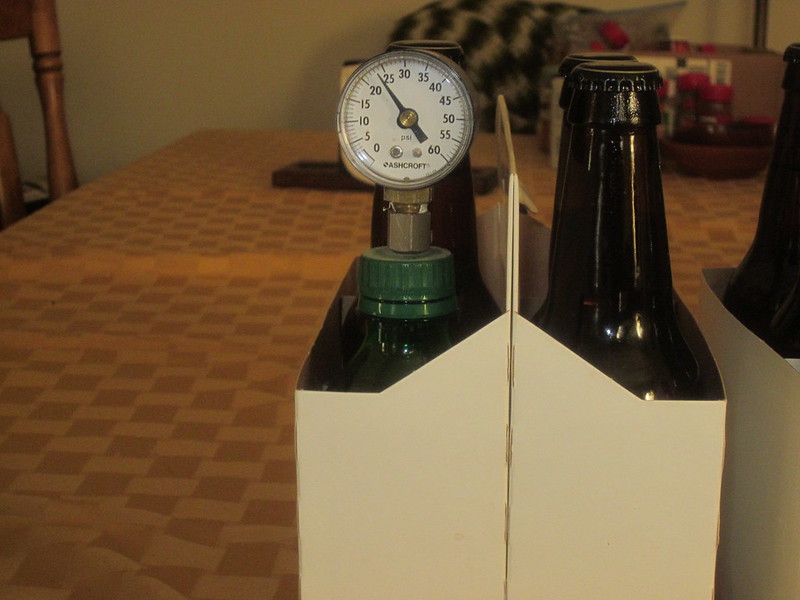Jim Rausch's cooler method would be just fine. However (as always) there are a couple of things to think about...
I think that you have read or downloaded the PDF "Cider Heat Pasteurising and Carbonation", if not see my post 25 Sept. Figure 6 in that PDF is basically the Cooler Method. You will see that by pre heating the bottles, you may reach a pasteurisation temperature over 70C and in fact in Fig 6, the method generated over 600PUs. So, pre heating isn't really needed as long as the desired bottle temperature is achieved, or you work with a low er than 80C bath temperature.
With higher pasteurisation temperature there may be two adverse side effects. Firstly, higher temperature means higher bottle pressure, and secondly too high a temperature can "cook" the cider.
The way that the Cooler Method and Pappers approaches work is that the volume of bottles and their contents cool down the bath temperature as it heats up the bottles, until some equilibrium temperature is reached (ideally around 70C or less). This all depends on how hot the bath is and how much hot water, and how cool the bottles are and how many. i.e. there are a few variables to manage.
In my test case, a ratio of 7:1 worked well (15 litres of 80C water and 2 litres of bottles and cider at 20C resulted in an equilibrium temperature of about 70C)
Have a look at a post by Jaypkk (3 Dec). There is a summary and a link to a research paper from Washington State University which demonstrates that pasteurisation of cider can be achieved at temperatures between 60C and 65C with short time exposure. Certainly it supports the idea that 30PUs or even less is fine for cider, and at the lower temperature, bottle pressure is unlikely to exceed 100 psi so the chance of bottle bombs is markedly reduced.
Having said that, there isn't any evidence that "overpasteurising" has any adverse effect on the cider flavour.
If you try the Cooler Method, I suggest having a water filled test bottle with a thermometer in the bath and simply remove the bottles when they have reached the pasteurisation temperature that you want. Generally the temperature distribution in the bottles stabilises in 10-20 minutes so your bottle core temperature will understate the temperature at the edges, This doesn't matter since the edges will be pasteurised a little more than the core of the bottle.
In any case, if they like it and drink it all on NYE, happy days... Merry Xmas!



